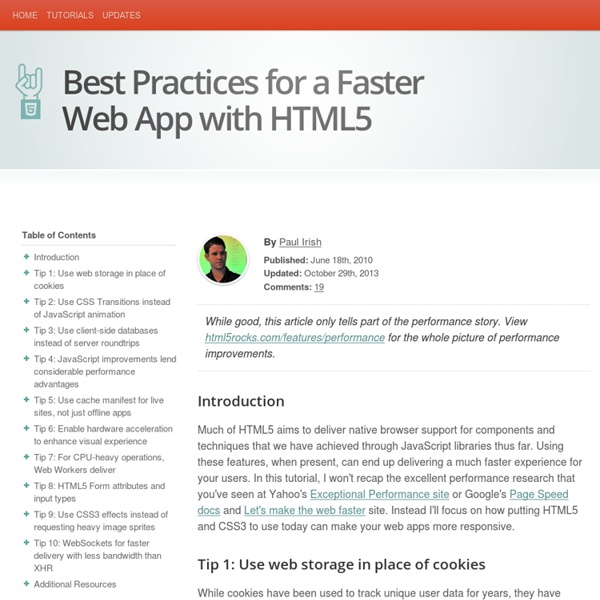



bobby-tables.com: A guide to preventing SQL injection A New Front-End Methodology: BEM WebPerf : "A quelle vitesse ma page se charge-t-elle ?" Cette question est à la base de toute stratégie de WebPerf et pour autant, elle n’admet aucune bonne réponse. Alors comment mesurer la performance Web ? Il n’y a pas de façon "standard" de mesurer la performance web mais plusieurs, qui correspondent à ce qui se passe dans le navigateur lors de l’accès à une page Web. Quand vous tapez dans votre barre d’adresse l’URL de Clever Age et attendez que la page s’affiche, votre navigateur : Se connecte au serveur hébergeant le site et lui demande de renvoyer le contenu de la page HTML Reçoit le contenu de la page HTML Interprète le code HTML pour comprendre comment est structurée la page et de quels objets supplémentaires (images, mises en forme, scripts...) elle a besoin pour être rendue Charge l’ensemble des ressources en question Affiche la page Exécute d’autres script après le chargement, impliquant eux-même le chargement de nouvelles ressources et le déclenchement d’animations Le "Time To First Byte" Quels problèmes ? Les temps d’affichage
Epoch Converter - Unix Timestamp Converter